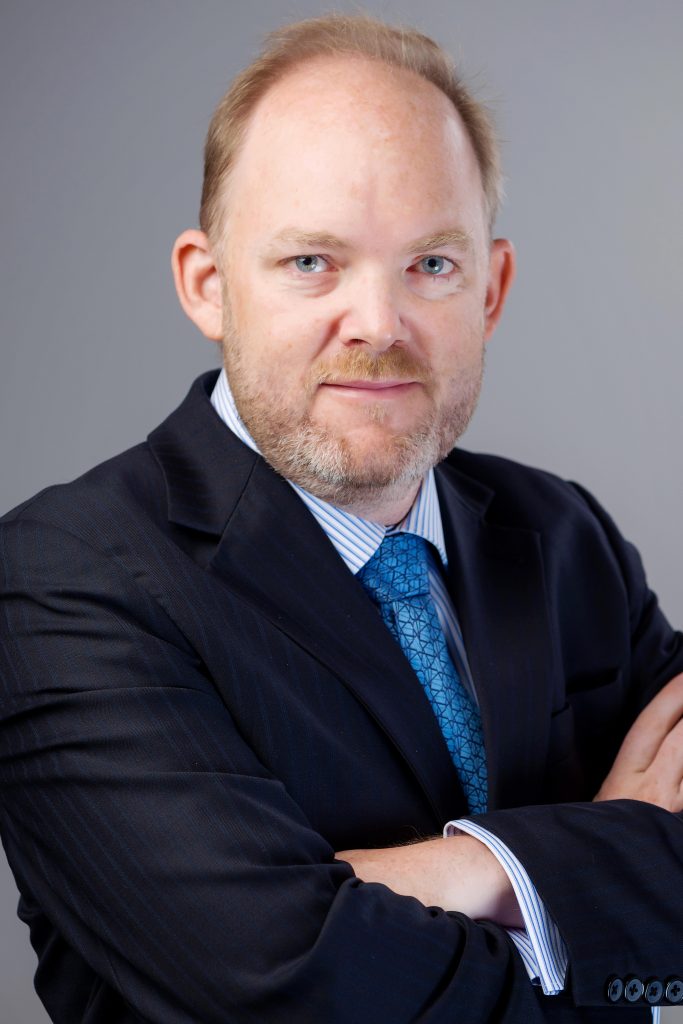Noise
Reducing noise and vibrations in rail transport is a priority for both the European rail supply industry and the European Union
In recent years, European politicians’ and policy-makers’ awareness of the negative health effects caused by environmental noise has grown. Although train noise is much less intrusive than noise from road vehicles and aircraft, the rail sector is committed to further reducing noise. One way to create the conditions required for railway traffic growth without increasing noise levels detrimental to human well-being is to control and limit railway vehicle noise emissions.
European
Union
Policies
Noise also constitutes rail transport’s most significant external cost. In the Greening of Transport Package, the Commission published a communication on rail noise in July 2008. The Communication foresees retrofitting freight wagons with composite brake blocks that considerably reduce noise emissions. Furthermore, in the Recast of the First Railway Package, the introduction of noise differentiated track access charges was also foreseen.
UNIFE welcomes the introduction of noise differentiated track access charges. This should be done in parallel to the internalisation of external costs in other modes of transport. Noise differentiated track access charges are a useful tool for reducing noise emissions and providing market-based incentives for further technological developments.
To fully reap those benefits, overall noise reductions should be the aim. An overly narrow focus on single braking technologies may ultimately prove counterproductive. Similarly, focus on track and wayside measures should also receive adequate attention while attempting to reduce freight train noise emissions.
As the EU has set ambition targets to improve interoperability, increase capacity and ensure rail transport’s future competitiveness, noise is one of the key concerns. The noise issue has, in many previous studies, been identified as one of the most important obstacles to get public acceptance for new lines or increased traffic of existing lines – not least for freight traffic, which generally creates more noise than other traffic and often operates at night.
The greening of the transport sector is another EU objective that goes hand-in-hand with noise mitigation initiatives. There is a need to improve European railway standardisation and research activities regarding noise in the upcoming years.
UNIFE members dedicate their efforts in the standardisation of separation techniques for vehicle and infrastructure noise through enhanced cooperation with the European Railway Agency and the other European railway associations in strong participation in the Shift2Rail Joint Undertaking for rail research. It is a substantial challenge but cooperation will lead to a less noisy and more sustainable railway.
Technical
progress
needed
External links
To access the communication from the Commission to the European Parliament and the Council on rail noise please click here.
